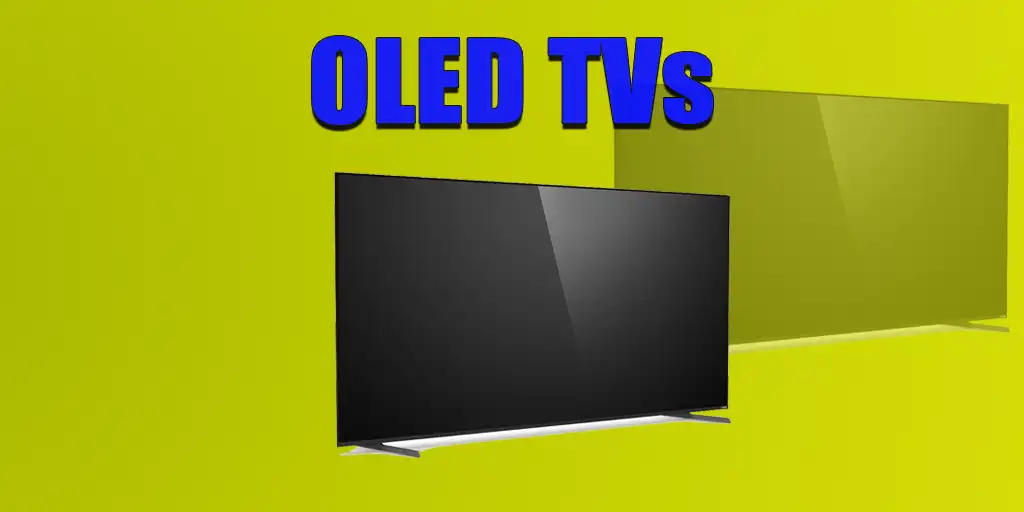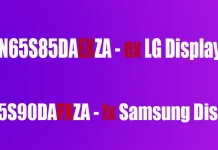Although the first OLED TVs went on sale back in 2016 and only had a 2-4% market share, their popularity has grown significantly due to the continuous improvement in the quality of the panels. Despite the numerous advantages, OLED technology also has some disadvantages that you should consider before buying. In recent years, the quality of OLED panels has improved significantly, especially in terms of brightness and durability.
Advantages and features of OLED TVs
OLED TVs offer excellent picture quality, rich colors, and wide viewing angles, making them attractive to buyers seeking maximum picture clarity and saturation. One drawback of OLEDs is limited brightness, as higher brightness can accelerate panel wear and tear. Manufacturers have found solutions to help extend the life of OLEDs, which has improved the longevity of the devices. This article compiles information that is worth exploring before deciding to buy an OLED TV.
Who manufactures OLED screens?
The main manufacturer of OLED panels is LG, which was the first to develop and ship OLED TVs with screens ranging from 43 to 88 inches, with the most popular models having diagonals of 55, 65, and 77 inches. In 2020, LG opened a factory in China to produce smaller 43- and 48-inch models, expanding the choice of available OLED TV sizes. Samsung also started producing OLED TV panels from 2022, becoming LG’s main competitor.
- LG OLED panels: LG introduced its first OLED TVs in 2016 with the C6, E6 and G6 models. In 2021, the company launched a new generation of OLED EVO panels featuring mini-mirrors near the pixels, which directs light outward, preventing it from scattering inside the panel. This innovation has reduced panel heating and extended panel life.
- Samsung’s OLED panels: Samsung was initially set against mass producing large OLED panels as its early attempts, including the S9 in 2013, proved unsuccessful. Older generation panels burned out quickly and failed frequently, which had a negative impact on the company’s image. However, realizing the potential of the technology, Samsung resumed work on OLED panels in 2018, and in 2022 opened a new factory in Korea to produce QD-OLED panels. However, in 2024, some of Samsung’s TVs are also equipped with LG panels to cover production needs.
Who manufactures OLED TVs?
The major manufacturers of TVs with OLED panels include LG and Samsung. LG supplies its panels to many brands such as Sony, Panasonic, Vizio, Hisense and Philips. Sony started producing TVs with Samsung panels in 2022, but later also started using LG screens to meet the high demand.
Disadvantages of OLED TVs
OLED TVs are known for their deep black color reproduction and rich picture, but they are prone to burn-in effect, which occurs when static images such as TV channel logos are displayed for long periods of time. To solve this problem, manufacturers add panel care programs to TVs that automatically adjust brightness and eliminate residual images. Also, some models have built-in algorithms that detect and suppress static images.
The second problem is limited brightness, something manufacturers are also working on. LG, for example, produces panels with four sub-pixels (white, red, green and blue), which reduces the load on color pixels when displaying white. Samsung, for its part, has developed a panel with larger color pixels to improve brightness. In addition, instead of color OLED materials, modern panels use single-color (most often white) pixels with an overlay of color filters, which helps achieve uniform aging of the panel and increases its longevity.
What is the lifespan of an OLED TV?
LG claims that their OLED TVs have a lifespan of around 30,000 hours. This means that with 24/7 use, the TV will last approximately 3 years (or 41 months or 178 weeks). However, with an average load – about 3-4 hours a day – the TV can last more than 20 years.
Practice and user reviews show that the first models of OLED TVs usually worked for 3-4 years, after which a residual image could appear. Modern models with improved OLED-panels demonstrate higher reliability and work without complaints. However, heavy use, especially for gaming and watching HDR content, can accelerate wear and tear as these scenarios stress the pixels, forcing them to work at their limits.
Is it worth buying an OLED TV?
OLED is the technology of the future, and LG and Samsung, having sold their LED panel factories, confirm this. OLED TVs offer superior picture quality, minimal thickness and are ideal for gaming due to their minimal response time. With the current discounted prices, the cost difference between OLED and high-end LED TVs has become less significant, making OLED a great choice for those who value picture quality and are willing to pay a little extra for a premium experience.






